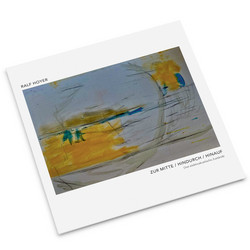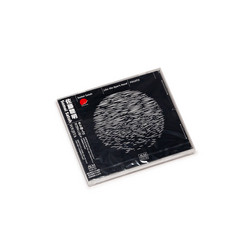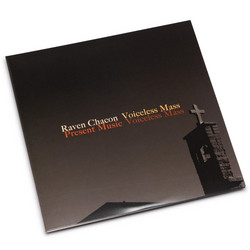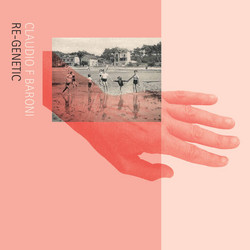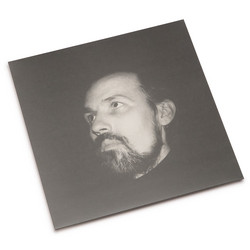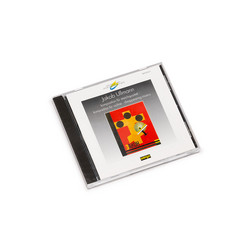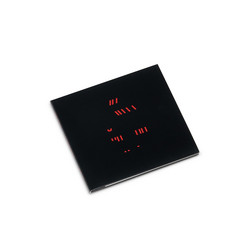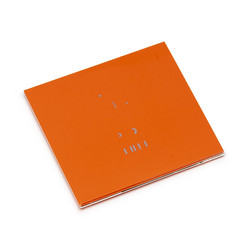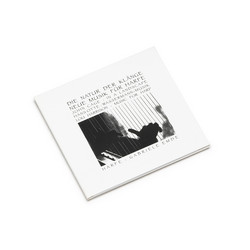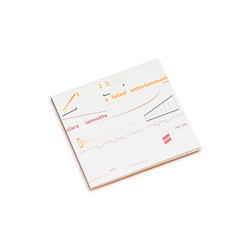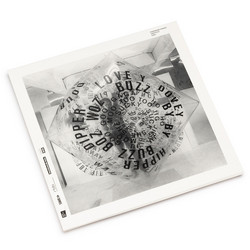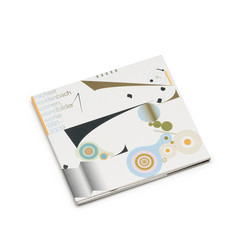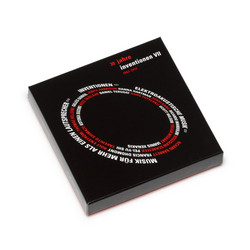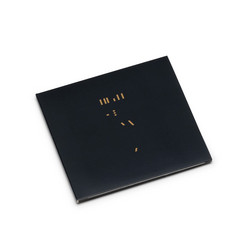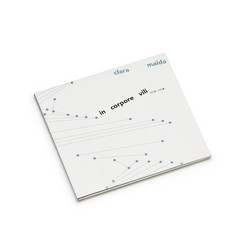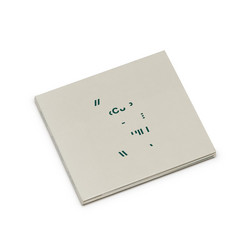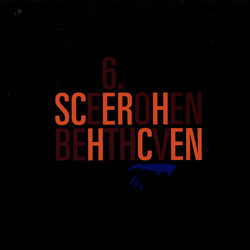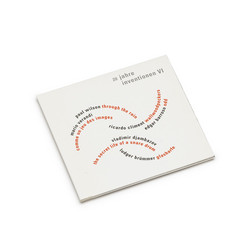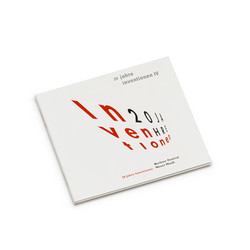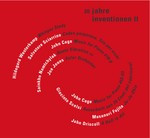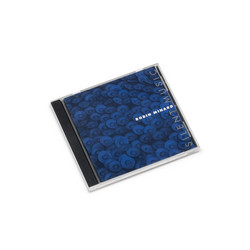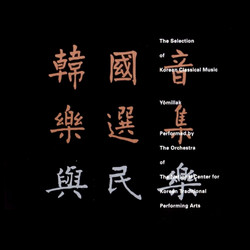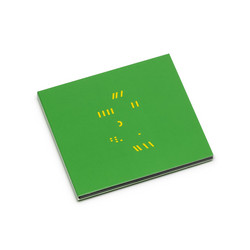Jakob UllmannFeaturing: Dafne Vicente-Sandoval
Muntzers Stern, Solo II (2CD)
Jakob Ullmann has made the orchestral work "steine, feuer, sterne" (stones, fire, stars) based on a modular structure, such that individual sections can be played outside of a complete performance, solo or in predetermined combinations; this album presents one section for solo bassoon titled "Muntzers stern" performed by Dafne Vicente-Sandoval.
From the liner notes by Hans-Peter Schulz; Translation by Peter Gebert: Solo II is part of a group of works with the title Buch der Stille 1 ('Book of Silence 1'). This is a series of solo pieces for flute/oboe da caccia (solo I), trombone/bassoon (solo II), organ (solo III), low string instrument (solo IV), and piano (solo V), all of which were developed from the same compositional idea; the series is a generalisation of disappearing musics, itself a composition for three winds, two strings and two pianos written between 1989 and 1991. The individual solo-compositions can be performed separately, as well as in all combinations simultaneously. After Jakob Ullman had met John Cage in person on the occasion of a Cage festival organised by the Deutschlandfunk in 1990, this encounter developed into a lengthy and intensive exchange of ideas which had considerable impact on the compositional process that Ullmann was concerned with at the time, specifically of soli I, II and III, finished in 1992. The pieces can therefore be rightly considered as a reflection and result of this exchange of ideas . . . MÜNTZERS STERN (MÜNTZER'S STAR): Between 2014 and 2016 Jakob Ullmann composed the orchestral work steine, feuer, sterne ('stones, fire, stars'). . . . One section among these is the section for a solo bassoon, which may be performed independently under the title 'Müntzers stern'. Thomas Müntzer, born around 1490, was a keen supporter of the Lutheran Reformation. . . . After the battle near Frankenhausen, Müntzer was captured, tortured and eventually beheaded. As a priest, he strove for the renewal of divine service and translated liturgical texts and hymns from Latin to German even before Luther. The title Müntzers stern refers to the Advent hymn Gott heil'ger Schöpfer aller Stern, a translation of the medieval hymn conditor alme siderum done by Müntzer as part of this work. Ullmann spread the melody of the hymn over the total duration of the composition in a very prolonged manner. In the course of this process, the six different tone pitches of the hymn, which are heard either being sung or as an emphasised partial within the bassoon's spectrum, are supplemented by another six tones, played ordinario on the bassoon, those still missing in the twelve-tone space, until the chromatic scale is completely filled in ..."







